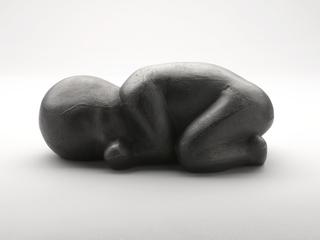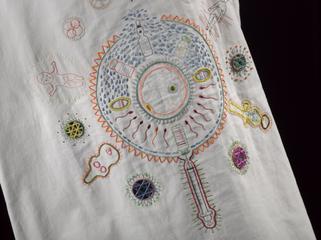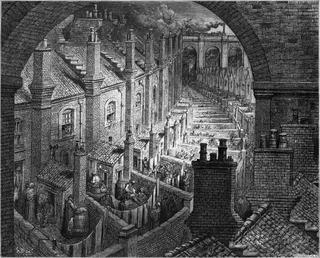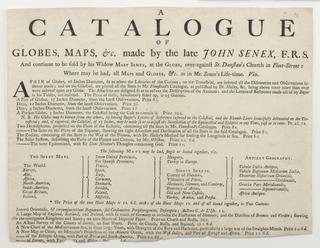ATLAS PROTOTYPE
ATLAS PROTOTYPE by James Capper, 2015.
More
James Capper’s art adopts the techniques, materials and problem solving processes of engineering. ATLAS PROTOTYPE is a hydraulic sculpture, stood on a cast concrete block. The sculpture uses a powerful hydraulic motor to drive an ATLAS MILL, carving spherical shapes into its pedestal. The sculpture speaks to the intensely creative nature of engineering practice.
James Capper describes himself as ‘less of a formal sculptor and more of a speculative engineer, an artist that builds machines or mobile sculptures’. His approach to sculpture has evolved through work in four different sculpture categories, which he describes as ‘Divisions’: Carving Division - handheld power tools / Earth-marking or Material / Handling Divisions - larger scale works / Offshore Division - works envisaged for use on the water / Aviation Division - flying works.
Within these Divisions, each individual work is understood as a prototype, building (on) its own series of drawings and experiments, and raising questions that the next work attempts to answer. Rather than working within a well-defined set of parameters like most engineers, James instead looks outward, asking the question, what else can engineering do? Over time, this approach has created a unique taxonomy (what Capper describes as an ‘iconography’) of sculptures and supporting works.
ATLAS PROTOTYPE fits in to Capper’s ‘Carving Division’. It comprises a hydraulic sculpture, stood on a cast concrete block. The sculpture uses a powerful hydraulic motor to drive an ATLAS MILL, carving spherical shapes into its pedestal. The pedestal, operator controls and hydraulic power pack are all part of the installation.
Although they are pieces of fine art, the component parts of the installation have an uncanny similarity to many industrial machines, from robots to HIAB cranes, excavators and coal-cutting equipment. This duality speaks to the interplay between engineering and art, and the creative nature of much engineering practice.
- Measurements:
-
overall: 2560 mm x 2625 mm x 1000 mm, 404 kg
- Materials:
- powder-coated steel , hydraulics and concrete
- Object Number:
- 2023-104/1





